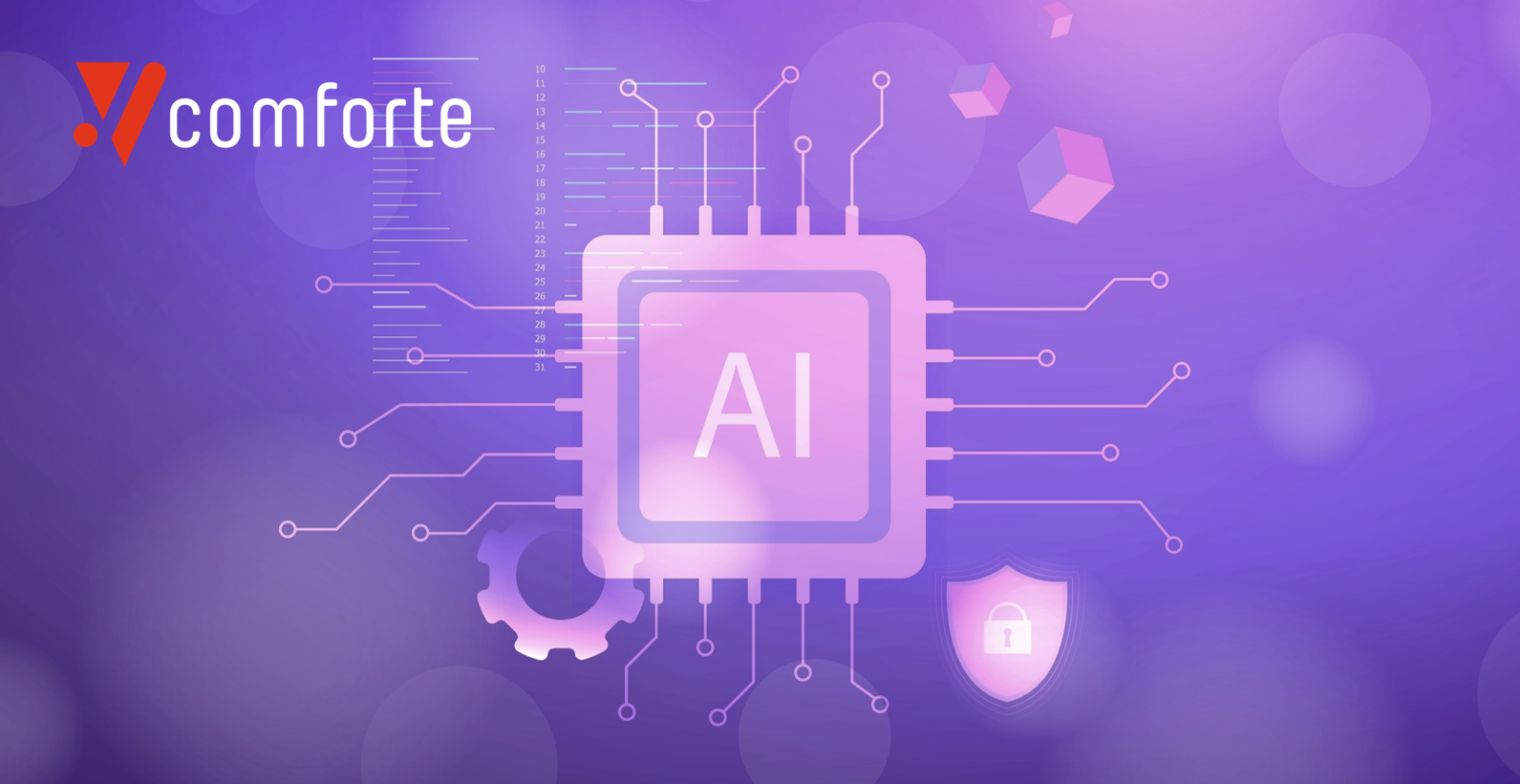Data analytics have been used for decades to enhance business insight and drive efficiency, growth and innovation. But the addition of intelligent algorithms and cloud computing power offers potentially game-changing opportunities to push these benefits even further. The challenge, as ever, is to ensure the underlying data itself is kept as secure as possible. If not, business leaders may lose confidence in its accuracy and expose their organization to significant financial, reputational and compliance risk.
It’s time to consider data-centric security as a key enabler for any AI analytics project.
How AI is transforming analytics
AI and machine learning (ML) are helping businesses to make better informed decisions. How? By adding unprecedented speed, scale and granularity to analytics projects. The technology can be used to help data collection, preparation and cleaning, and – of course – for extracting insights and patterns from it. Use cases include:
Predictive analytics: The use of historical data to forecast future scenarios, such as cash flow, staffing requirements and customer behavior.
Diagnostic/descriptive analytics: AI can also process and analyze large data sets to tell organizations with clarity what happened in the past (descriptive) and why it happened (diagnostic). This could ultimately be used to improve customer satisfaction and revenue, by enhancing products and services.
Prescriptive analytics: While descriptive analytics help to illuminate what did happen in the past, and predictive analytics reveal what could happen, prescriptive analytics focuses on what should happen. That is, it will suggest multiple courses of action alongside the potential implications for each.
Why security matters
Vast volumes of data are used to train these increasingly powerful AI models. But that data itself, as well as the output of such models, could be a lucrative target for threat actors. It could contain:
- Sensitive (and highly regulated) customer or employee personally identifiable information (PII)
- Intellectual property and trade secrets
- Accounting information
- Supplier data
Threat actors can find a readymade market for any of the above on the cybercrime underground. Fraudsters can use PII in follow-on scams and identity fraud. Rival companies and/or nation states may be after IP in specific sectors like pharmaceuticals or chip design. And accounting/supplier information could be used to extort the breached organization and its supply chain.
It's not only data theft but also attack such as “poisoning” which represent a risk to AI-powered analytics initiatives. In such an attack, the threat actor intentionally contaminates the training set in order to harm the model and/or manipulate its output.
A plan for data-centric security
Data-centric security can help organizations to mitigate these risks by ensuring data is rendered unintelligible if accessed by a threat actor. However, not all such technologies are created equal. Organizations should look for data-centric security that protects whilst supporting data utility. This is critical, as it means that business users can still reap the intended benefits from AI analytics, but safe in the knowledge that the underlying data is safe.
Best practice steps for implementing data-centric security measures in AI and analytics environments should include:
- Automated data discovery and classification to identify and categorize data
- Encryption, both at rest and in transit, and/or tokenization—one of the most effective strategies. These are essential for securing data by replacing sensitive data elements with non-sensitive equivalents
- Robust access controls, such as role-based access control (RBAC) and multi-factor authentication (MFA), along with data loss prevention (DLP) solutions and Zero Trust strategies to prevent unauthorized access and data leaks
- Continuous monitoring, real-time auditing, and maintaining detailed logs to support quick detection and response to security incidents
- A comprehensive data governance framework, regular security training and awareness programs and adherence to regulatory compliance
By following this plan, organizations can protect sensitive data and mitigate compliance risk, while leveraging AI and analytics for innovation, insight and growth.






